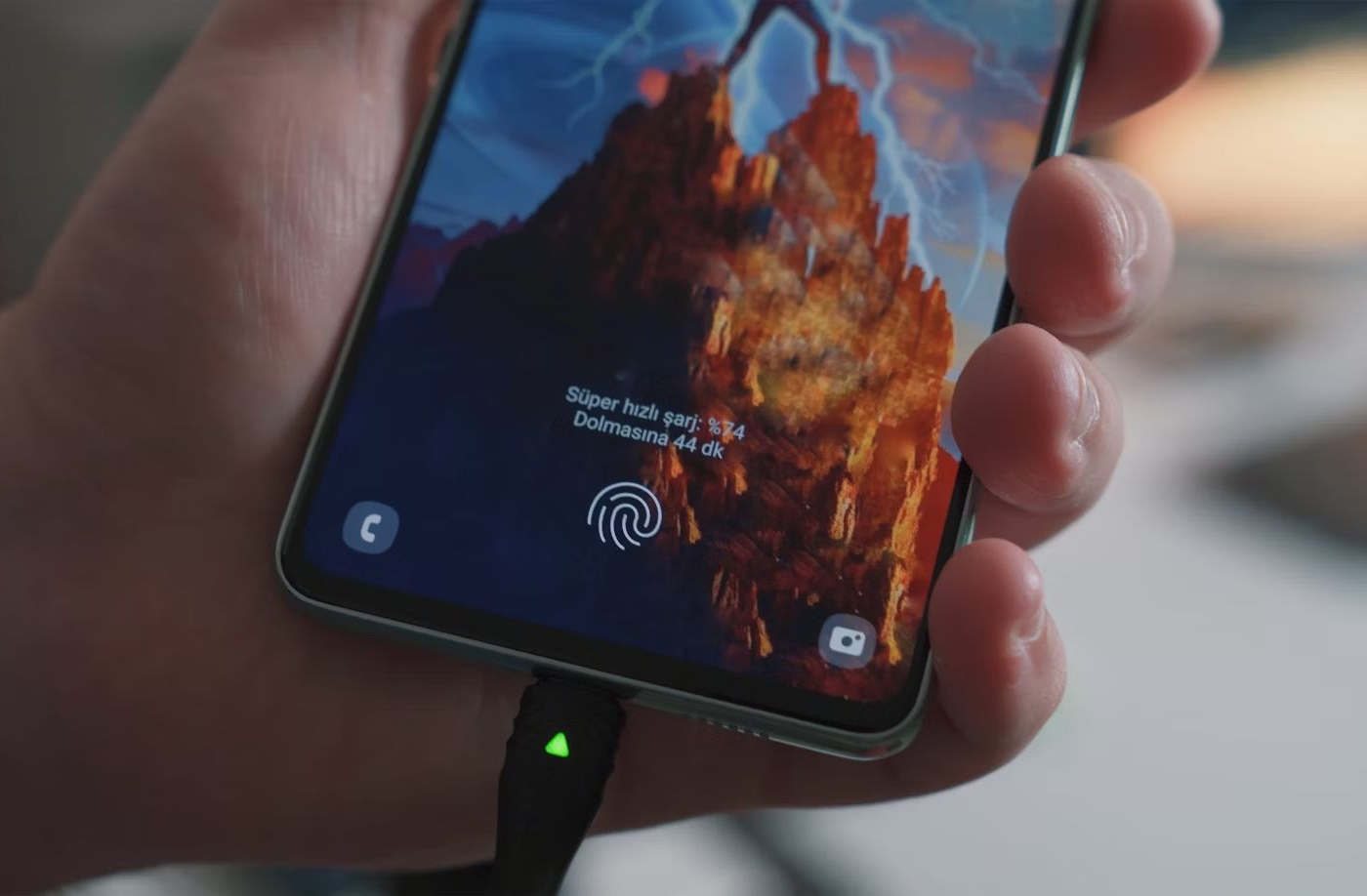Teen electrocuted by charger on Malaysia express bus
Investigations ongoing but foul play ruled out.

An 18-year-old teenager was fatally electrocuted while using the onboard power socket of an express bus to charge his phone.
This happened on Sunday at Penang Sentral in Malaysia, on a bus heading to the Kuala Lumpur Sentral transit hub.
Investigations ongoing
Investigations are ongoing, and the bus linked to the incident has been suspended from operations.
An eyewitness heard the victim scream and saw him foaming at the mouth. First respondents in an ambulance pronounced the victim dead 20 mins later.
Foul play was ruled out, and the presence of burn marks on the fingers of one hand, a partly melted cable, and a heated smartphone made electrocution the likely cause.
What likely happened
I've been approached for my thoughts about what happened, and it got me thinking.
While it is entirely possible that the power socket caused the electrocution, I deem it likelier that it was the mobile phone charger that was defective.
This meant that instead of pushing out relatively safe direct current (DC)*, it somehow channeled mains power (AC) through the able, leading to the tragic incident.
*Safe at the levels of typical power adapters.
Is your charger safe?
Chargers are generally safe. But its usage has grown exponentially with soaring gadget use. I was at the library today, and I saw chargers used everywhere:
- Rapid-charging smartphone chargers.
- USB-C PD chargers for laptops.
This means safety is more crucial than ever.
- Unlike the basic power adapters of the past, today's chargers are sophisticated devices. They incorporate microcontrollers, the ability to allocate power dynamically, and even exotic materials to make them smaller.
- Even as we push them to the limits of material science with compact, rapid chargers, multiple protection circuits and sensors work together to prevent disasters such as short circuits, overheating, and overcharging.
But what if you end up with a poorly engineered charger that lacks critical safety features?
Protecting yourself
Here are two steps you can take to protect yourself:
- Mind the fake chargers: Reputable brands are unlikely to skim on protection. However, many of the top brands are often targeted by fraudsters selling knockoffs. Be very careful of where you buy them from.
- Discard damaged cables: Bad cables could cause short circuits that overwhelm protective circuits, causing chargers to fail. The risk of a catastrophic failure is small, but why even risk it?
Here's a fun exercise: How many chargers you have at home?




